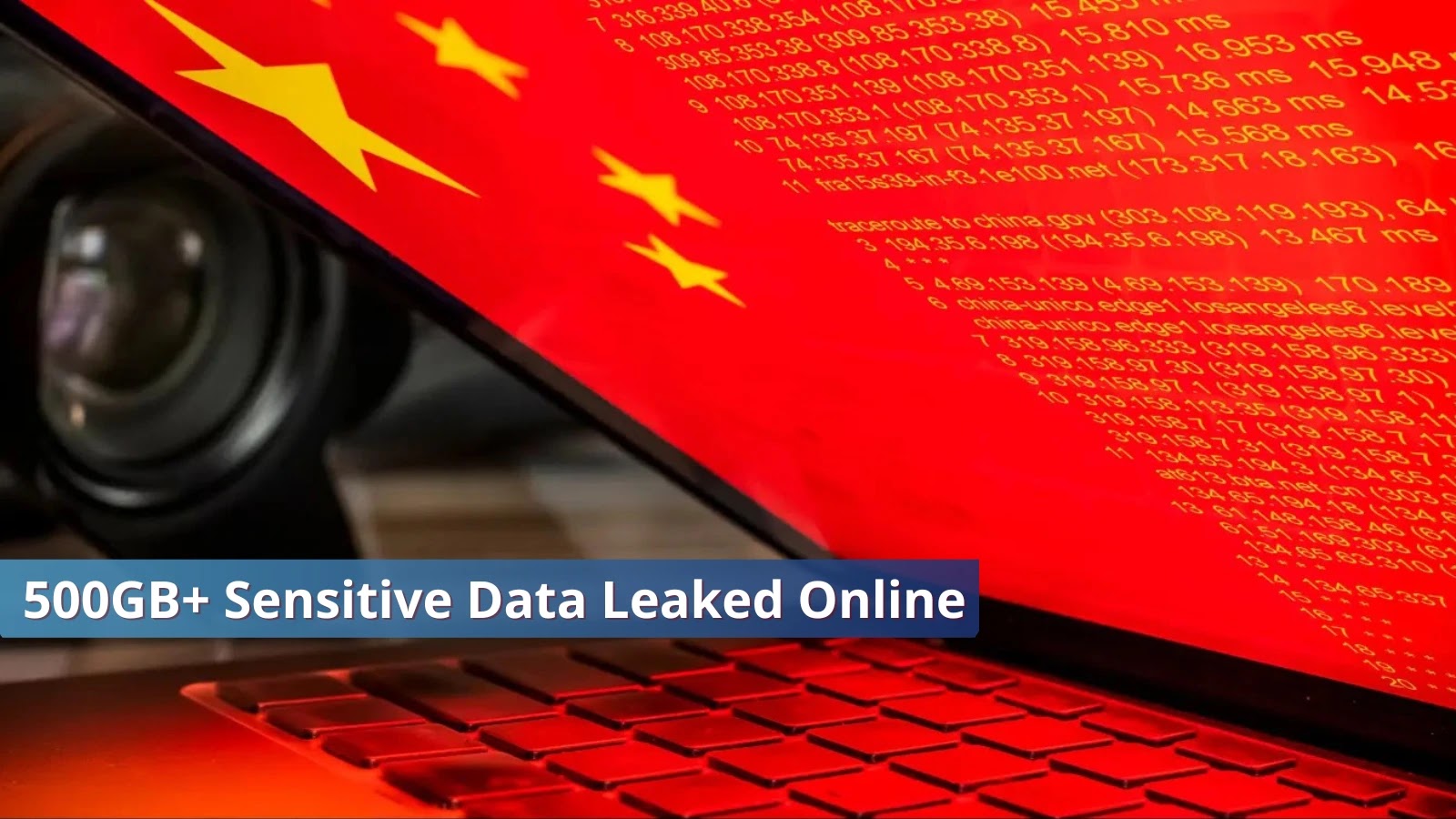
Great Firewall of China’s Sensitive Data of Over 500GB+ Leaked Online
In a significant blow to China’s internet sovereignty, the Great Firewall (GFW) has reportedly suffered its most extensive internal data breach to date. This incident, impacting systems associated with the GFW, has led to the exposure of over 500GB of highly sensitive information online. The implications of such a leak extend far beyond national borders, raising critical questions about state-sponsored surveillance, data security practices, and the vulnerabilities inherent in even the most robust cyber defenses.
Understanding the Great Firewall of China (GFW)
The Great Firewall of China is an intricate system of legislative actions and technological enforcement that regulates the internet domestically in China. Its primary purpose is internet censorship, blocking access to select foreign websites, and slowing down cross-border internet traffic. This sophisticated apparatus employs various techniques, including IP blocking, DNS filtering and redirection, URL filtering, packet filtering, and connection resets, to achieve its objectives. It represents a monumental effort in state-level internet control, making any breach of its internal infrastructure a matter of global cybersecurity concern.
Details of the Unprecedented Breach
The leaked archive, exceeding 500GB in size, contains a treasure trove of internal data. This includes critical source code, providing insights into the GFW’s operational logic and mechanisms. Also exposed are extensive work logs, detailing daily activities and potentially revealing the targets and methods of censorship. Configuration files, essential for the GFW’s functionality, are also part of the leak, offering blueprints of its technical setup. Furthermore, internal communications have surfaced, potentially shedding light on decision-making processes and personnel involved in GFW operations. The breach appears to originate from entities closely associated with the GFW’s development and maintenance: Geedge Networks and the MESA Lab at the Institute of Information Engineering, Chinese Academy of Sciences.
Implications of the Sensitive Data Leak
The exposure of such a vast amount of sensitive data carries profound implications:
- Operational Transparency and Exploitation: The publication of source code and configuration files could offer foreign intelligence agencies and cybersecurity researchers an unprecedented view into the GFW’s inner workings. This transparency could lead to the discovery of new methods to bypass censorship or, more nefariously, to identify vulnerabilities for potential exploitation.
- Impact on Surveillance Capabilities: While the GFW primarily focuses on outbound internet control, its underlying infrastructure could also support surveillance activities. Leaked internal communications might reveal the extent and nature of such capabilities, impacting privacy for users within China.
- Reputational Damage: For a state that prides itself on its technological prowess and control, a breach of this magnitude represents a significant reputational setback, questioning the efficacy of its internal security measures.
- Escalation of Cyber Warfare: The detailed information contained within the leak could be weaponized, potentially providing adversaries with tools and insights to disrupt critical Chinese internet infrastructure.
Remediation Actions and Lessons Learned
While the immediate remediation actions for the GFW itself are within the purview of the Chinese authorities, this incident offers crucial lessons for any organization managing sensitive data and critical infrastructure:
- Comprehensive Data Loss Prevention (DLP): Implementing robust DLP solutions is paramount to monitor and prevent unauthorized exfiltration of sensitive data, especially source code, intellectual property, and internal communications.
- Strict Access Control and Least Privilege: Regularly review and enforce strict access controls. Employees and external partners should only have access to the data absolutely necessary for their roles, adhering to the principle of least privilege.
- Regular Security Audits and Penetration Testing: Continuous security auditing and frequent penetration testing, including red teaming exercises, can identify potential vulnerabilities and weak points in an organization’s defenses before they are exploited.
- Supply Chain Security Vetting: As this breach appears to stem from associated entities, thorough security vetting of all third-party vendors and partners is critical. Their security posture directly impacts the overall security of the main organization.
- Employee Security Awareness Training: Human error remains a significant factor in data breaches. Regular and updated security awareness training can educate employees on best practices, phishing detection, and safe data handling.
- Incident Response Plan Development and Testing: A well-defined and regularly tested incident response plan is essential to mitigate the impact of a breach, ensuring swift detection, containment, eradication, recovery, and post-incident analysis.
Monitoring and Mitigation Tools
While the specifics of the GFW’s systems are unique, the principles of monitoring and mitigating such large-scale data breaches are universal. Here are general categories of tools that aid in detection, analysis, and prevention:
| Tool Category | Purpose | Link (Example/General) |
|---|---|---|
| SIEM Solutions | Centralized logging and security event correlation for anomalous activity detection. | Splunk, Elastic SIEM |
| DLP Systems | Identify, monitor, and protect sensitive data in use, in motion, and at rest. | Symantec DLP, Trellix DLP |
| Endpoint Detection & Response (EDR) | Monitor endpoint and network events for suspicious behavior and threat detection. | CrowdStrike Falcon Insight, Microsoft Defender for Endpoint |
| Threat Intelligence Platforms (TIP) | Aggregate and analyze threat intelligence to improve detection and response capabilities. | Recorded Future, Anomali ThreatStream |
| Vulnerability Scanners | Automated tools to identify security weaknesses in applications and infrastructure. | Nessus, Qualys Vulnerability Management |
Conclusion
The leak of over 500GB of sensitive data from systems associated with the Great Firewall of China marks a pivotal moment in cybersecurity. This incident underscores the universal truth that no system, no matter how sophisticated or state-backed, is entirely impervious to determined attackers or internal vulnerabilities. For cybersecurity professionals globally, it serves as a stark reminder of the continuous need for vigilance, robust security architectures, comprehensive incident response planning, and rigorous third-party risk management. The ramifications of this breach will likely unfold for years, influencing geopolitical dynamics and prompting a re-evaluation of national cybersecurity strategies.





